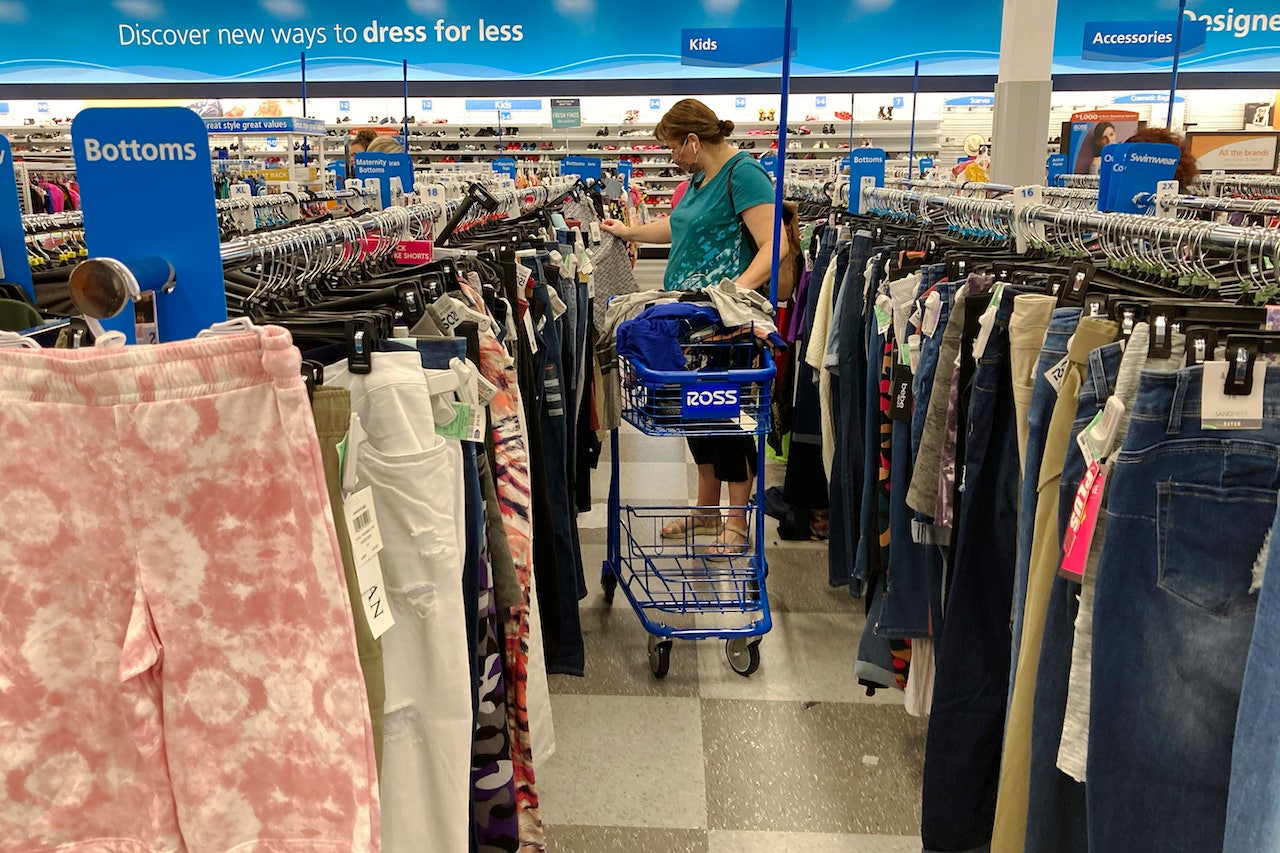Consumer spending accelerated last month despite an uptick in COVID-19 cases and the core personal consumption expenditures price index, the Federal Reserve’s preferred inflation measure, hitting a fresh 30-year high for the third straight month.
Personal income rose 0.3% on a monthly basis, outpacing the 0.2% month-over-month increase expected by economists surveyed by Refinitiv, while consumer spending rose 0.8% in August, up from 0.1% in July and slightly above the Refinitiv forecast of 0.6%, the Commerce Department reported Friday. That suggests consumers dug into their savings to fuel more spending on items like clothes and groceries, and to spend more online, even as the delta variant caused them to pull back on traveling and eating out.
Consumer prices increased 0.4% in August from July, the same increase as the previous month. Core PCE, which excludes food and energy, rose 3.6% year-over-year in August, according to the Bureau of Economic Analysis.
In the past year, inflation rose 4.3%, up slightly from the previous month and the highest in more than three decades.
The latest readings come as a growing number of companies are facing unprecedented supply chain bottlenecks due to the spread of the delta variant and have raised their prices in an effort to combat higher shipping and labor costs.
Federal Reserve Chair Jerome Powell said Thursday that supply chain disruptions, such as jammed ports on the West Coast and factory shutdowns in Asia amid COVID spikes, have lasted longer than the Fed expected. Keeping prices stable is one of the Fed’s mandates, along with seeking maximum employment.
Still, Powell said he expected supply chain problems to start improving next year, which would start to push inflation lower in the first half of 2022.

